In case you followed my lead on hunting in your yard and were less than thrilled by the way your area looked, we have put together a list of winter tasks for you. Curling up with a good book by the fire right now certainly sounds more inviting than spending any time or thought on the outside of your home. However, if you want a yard that looks good year round now is a pretty critical time to lay some ground work. Most of this to-do list is not super fun, but reaps great rewards later. Isn’t that always how it goes!?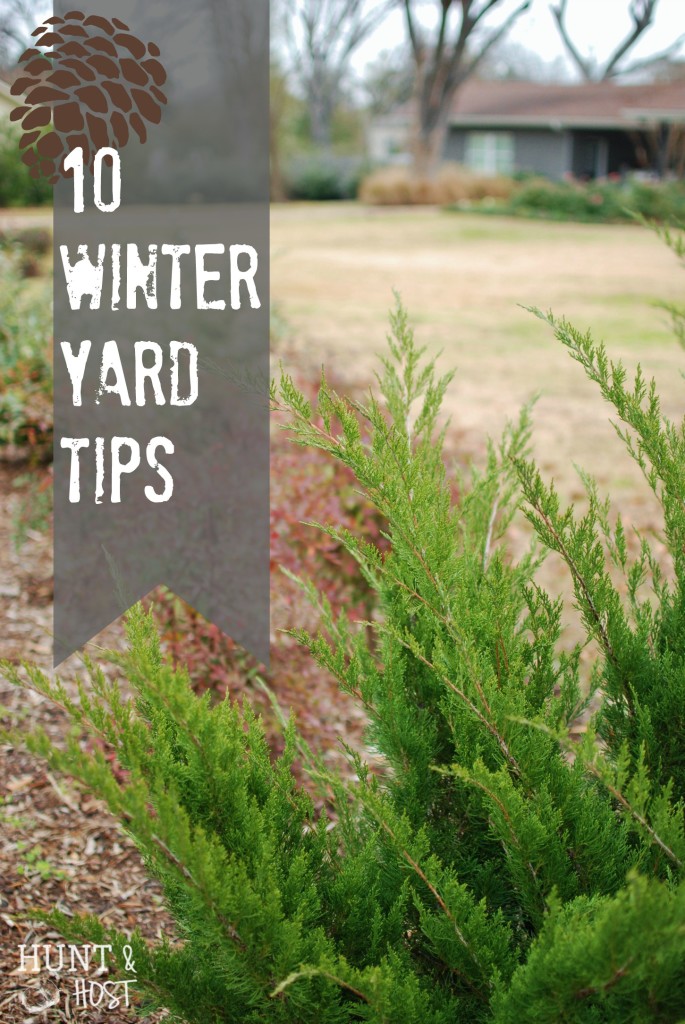
We live in Zone 8b down here in Texas, this is an important bit of information, because the list below is specific to our area. Lots of it can be extrapolated to other areas though. What is a zone and what zone am I in? You can go to The National Gardening Association website to find out, it is more than I can go over here. That being said let’s get started!
1. Prepare your garden/bed soil and structure – Do this NOW! Add compost (Madisonville Mushroom is the best in our area) and incorporate it into the soil. This gives it time to cool and settle prior to early spring planting. If planting by seed, it is time to get them growing in starter tins-ready for spring transplant.
2. Continue to mow – At least once a month in January and February, two times in March and April and every week thereafter. This will keep winter weeds down and stimulates early season root growth (signal the plant it is time to wake up from dormancy). It also keeps the leaves off the lawn helping it to look as good as it possibly can this time of year. Mowing is the most overlooked winter task and really helps make a difference in your lawn. Don’t ignore it! A common misconception is that if your grass grows tall it will choke out the weeds. The truth is the weeds in your lawn are in a constant battle for sunlight, food and water. Left alone they will win, you have to keep them at bay – all year long!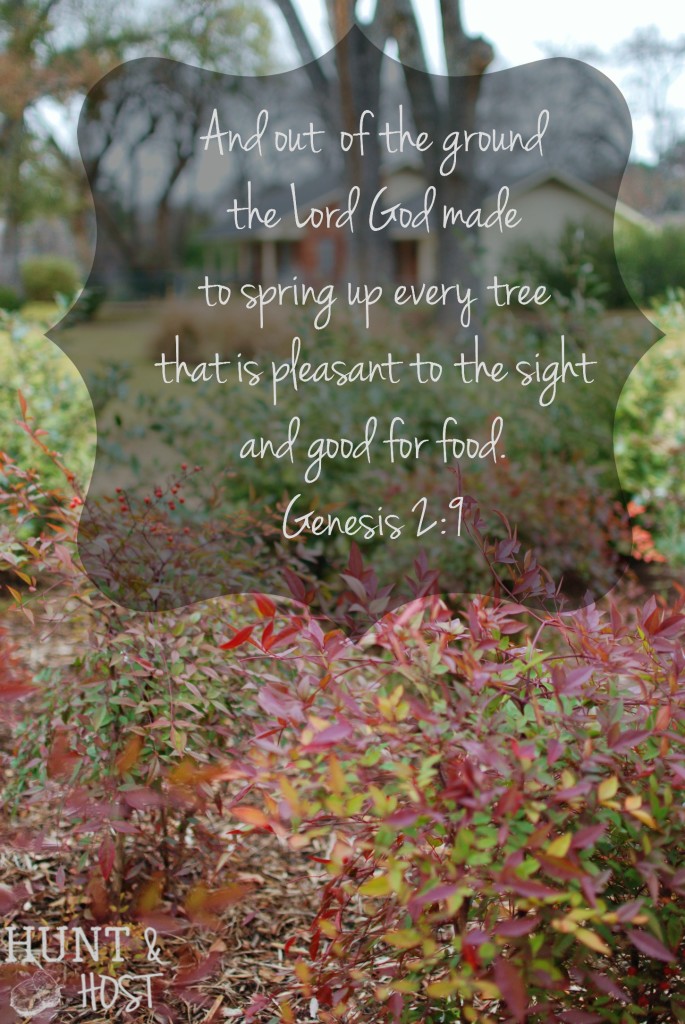
3. Wait to fertilize – Big box stores and garden centers are profit focused, not always best for your yard focused. We LOVE all they offer, but you have to resist marketing temptation. In the same way Christmas decorations start hitting the shelves in August, premature garden items are on full display. As early as February you will start to see a push on fertilizer. Hold off. Soil temperatures need to raise above 50 degrees or else you are only feeding the winter weeds in the lawn. Not what you are going for!!! Wait until April for best results. Use a balanced fertilizer (1-1-1 ratio, typically sold as 13-13-13) in a slow release form for lawn and beds. A light application can be added in beds only (1/4 the recommended amount on the bag) around February 15th to jump start plant growth. Then in April a full strength dose on lawn and beds.
4. Pull weeds or use a herbicide – Keeping control of weeds in the winter is a must. You don’t want to spend spring pulling a winter’s worth of weeds. There is way to much to do once spring has sprung. The question we get asked the most is, “how do you keep the weeds out of your yard?” Or customers used to say, “I want a low maintenance yard” and be upset when weeds popped up. There are two solutions to this dilema…have a yard of concrete or pull your weeds. It is that simple. They just happen and are part of the deal. It is easiest when you stay on top of them.
5. Mulch – Mulch is a great guardian of the yard. It controls soil temperature, helps retain moisture, looks clean & tidy and keep weeds down. We typically re-mulch twice a year. Heavier on newer areas, but always a generous layer all over. It is ok to just turn the mulch if you begin to get thick, tall layers in your beds. One of the biggest DIY mistakes we see are people who mulch and don’t put enough out. If you just sprinkle it all over, it looks nice, but doesn’t help as well as it could if done correctly. What a waste of time and money! There is never a bad time of year to mulch.
6. Keep watering – If it does not rain…at minimum you want to run your irrigation system once a month to keep the parts and pieces moving. Winter is also the best time to modify and adjust the system (DIY or with an irrigation contractor). Irrigators typically have more time now and you aren’t in a fire drill of trying to get something repaired or changed in the scorching Texas heat. Once the heat hits it is too late. Run through your system to check for any needed repairs, dry/wet spots, additions or subtractions from the system, etc.
7. Spend Valentines day with your roses – Deep pruning of roses and other late spring/early summer plants should occur around the middle of February. THIS DOES NOT INCLUDE SPRING BLOOMING PLANTS (HAWTHORNS, AZALEAS, GARDENIAS, HYDRANGEAS, VIBURNUM, ETC., AS THEY HAVE SET THEIR FLOWER BUDS IN WINTER AND YOU WOULD BE CUTTING OFF THE BLOOM. WAIT UNTIL AFTER THESE PLANTS BLOOM TO TRIM). Don’t be afraid to trim Crape Myrtles (rule of thumb – don’t trim any branches thicker than your pinky finger. I hate to see Crape Murder!), Vitex, Knockout Rose, etc. back heavily to control size and promote new growth/blooms this time of year. Ornamental grasses should be cut back to the crown as well. The first picture is a correctly pruned Crape Myrtyle. The second you can see the fat chunky stubs from incorrect pruning in the past. 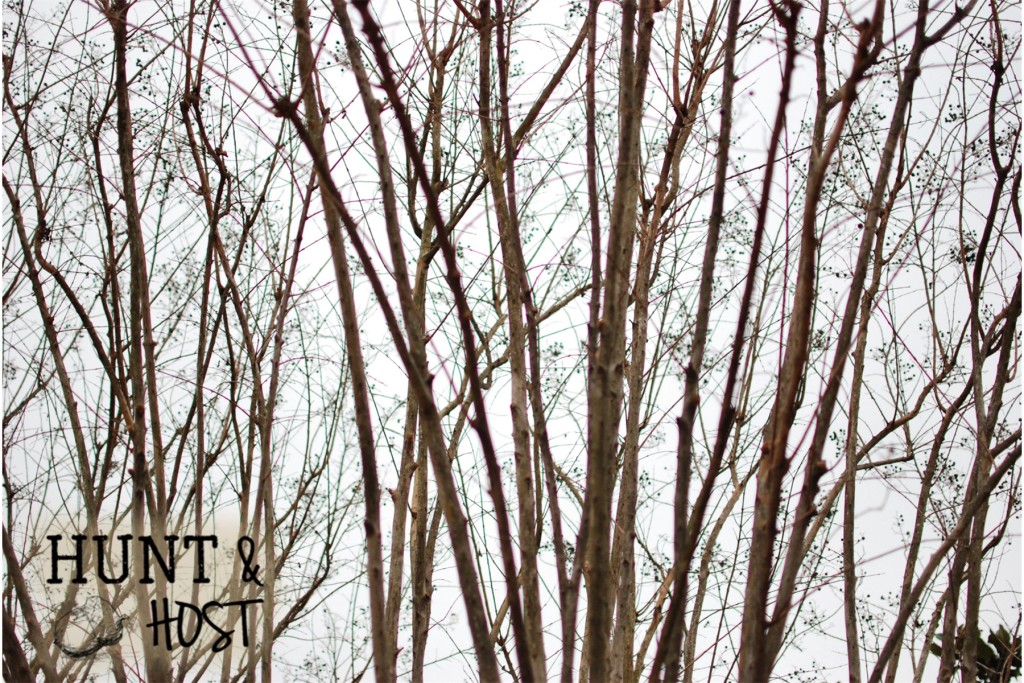
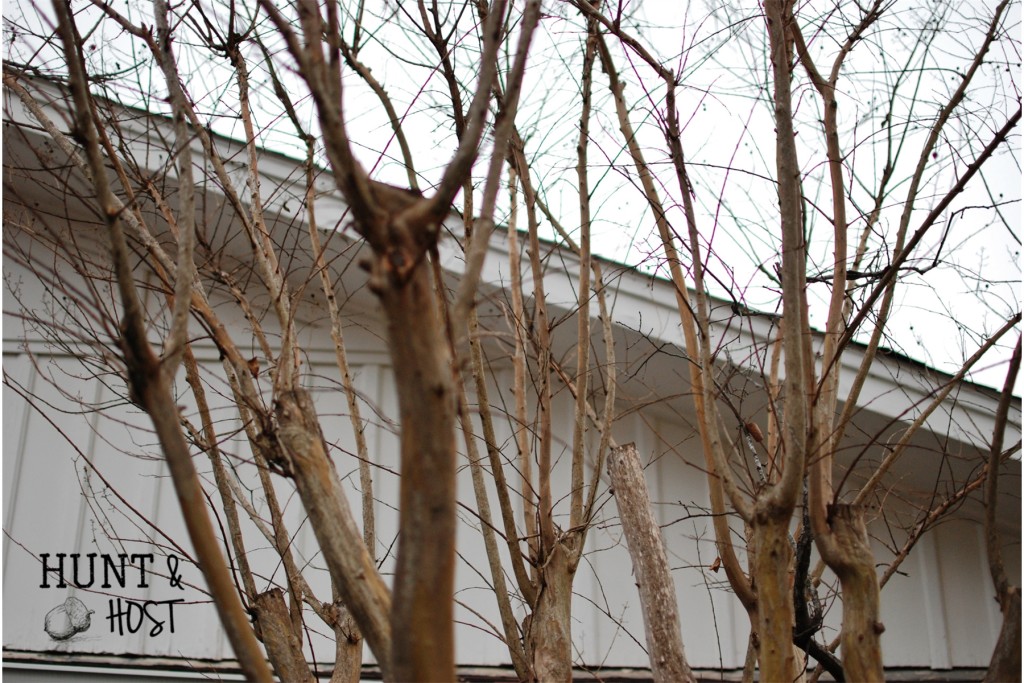
8. Plan new garden areas and transplants – Plan now, but wait until mid-late march to actually perform planting and transplanting. Winter is a good time to build any new beds or hardscape areas. If planting a whole new yard from sod, now is a good time. If sodding by seed, wait until April for proper germination temperatures.
9. Best time to prune trees –
This time of year is an excellent time to prune your trees, as the buds have been set and you can clearly tell what parts of the tree are surviving. Cut out mistletoe and any low branches that are in the way.
10. Year round beauty – The steps above will help, but if you really want a yard that shows off all year long now is the best time to drive around your neighborhood or town. Take note of what looks good this time of year. Take pictures if you don’t know what something is. One error people make when planning a landscape design themselves is not layering enough structure plants into their plan. Everyone wants beautiful, showy blooming shrubs that look straight out of a magazine. Those plants don’t typically look good year round. You have to incorporate shrubs with nice color, texture and structure to carry you through the seasons when all the showboats have died off or are dormant. This is another place the big box stores get you. Just because they carry hydrangeas and gardenias does not mean they grow where you live or that it is time to plant them. They may even have your zone on the tag. Very deceiving. When you drive around looking at other people’s landscapes and don’t see those exotic plants you are drawn to, it is for a reason. The water in your area may be to salty, claylike soil or not enough freezing weather…there are a million factors that effect a plant’s success. Locally owned nurseries are an excellent source for plant material suitable to your area and a treasure chest of knowledge.
Aren’t you glad you got this to-do list just in time for the weekend? Thank you to my hubby for all the great tips, he is a deep well of knowledge. If you like these tips or anything else on Hunt & Host I would appreciate you forwarding it to a friend, sharing it on Facebook, Pinterest or any other way you communicate with your people!
Sharing is caring.
Thanks friends!

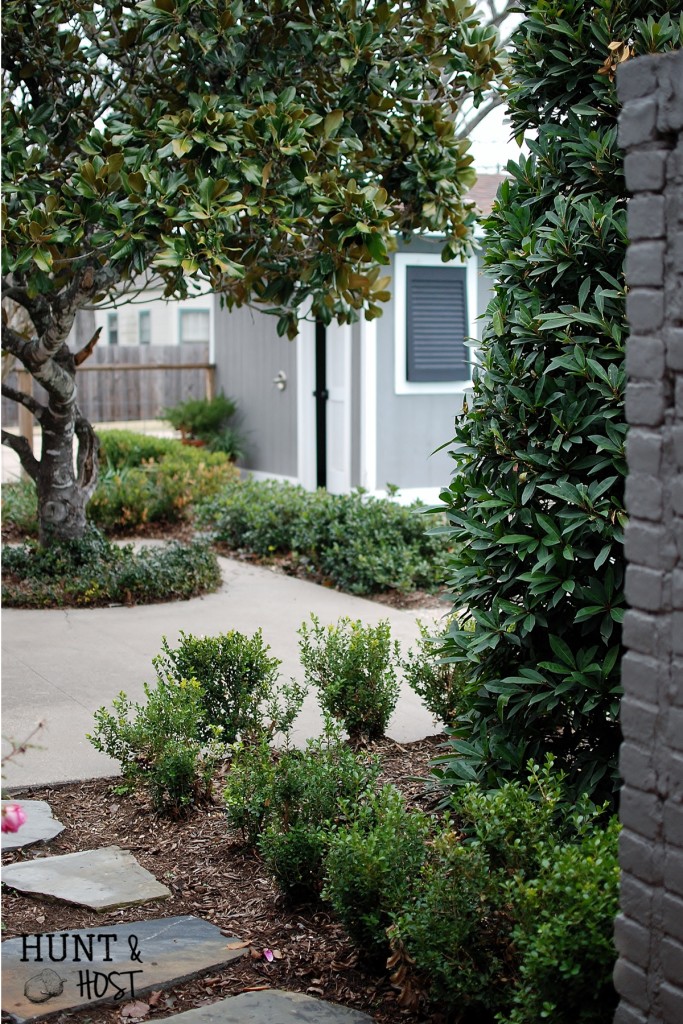
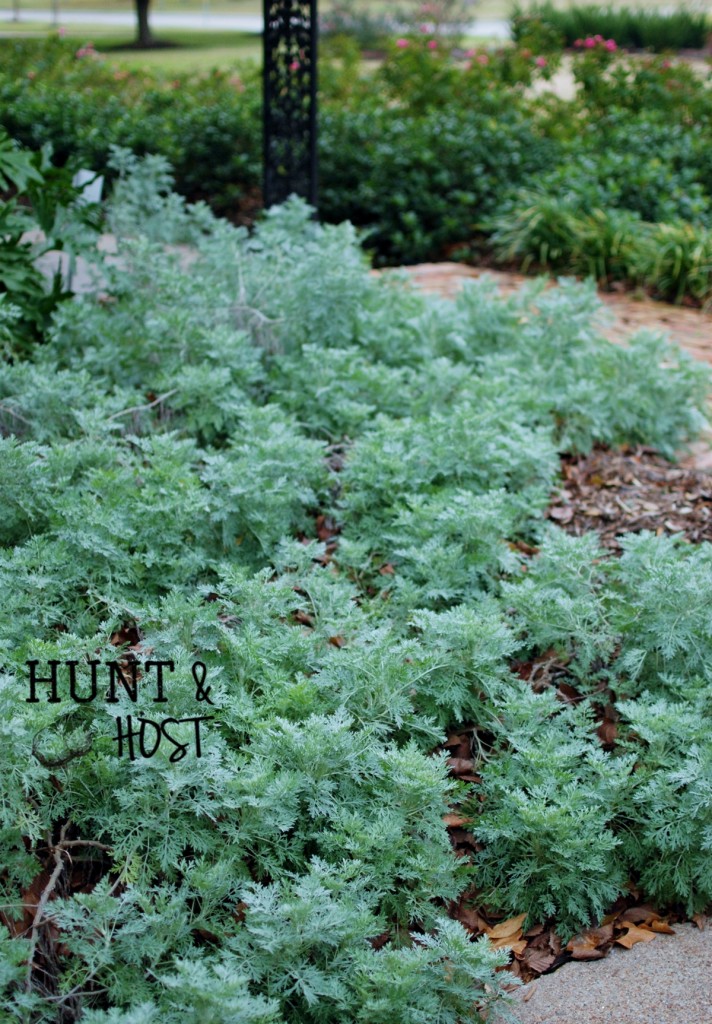
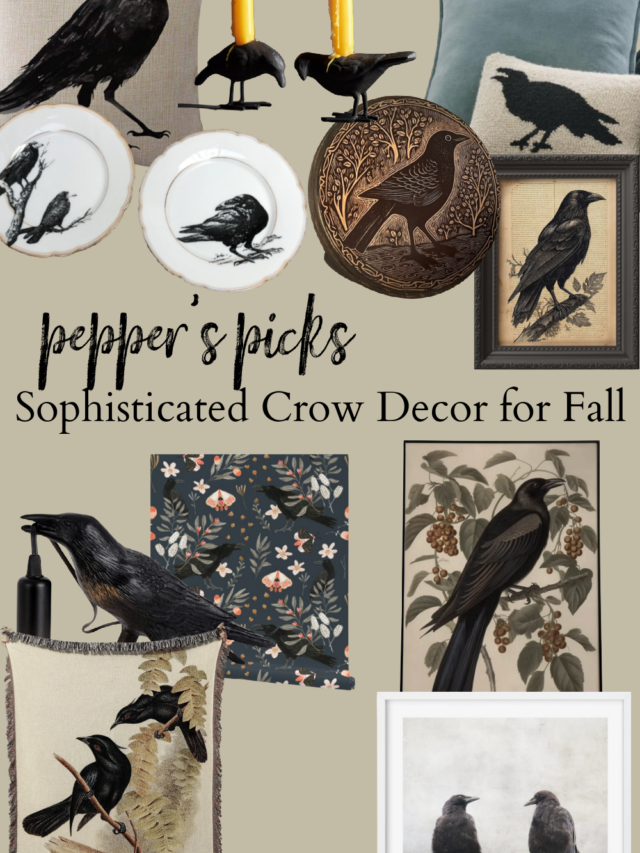
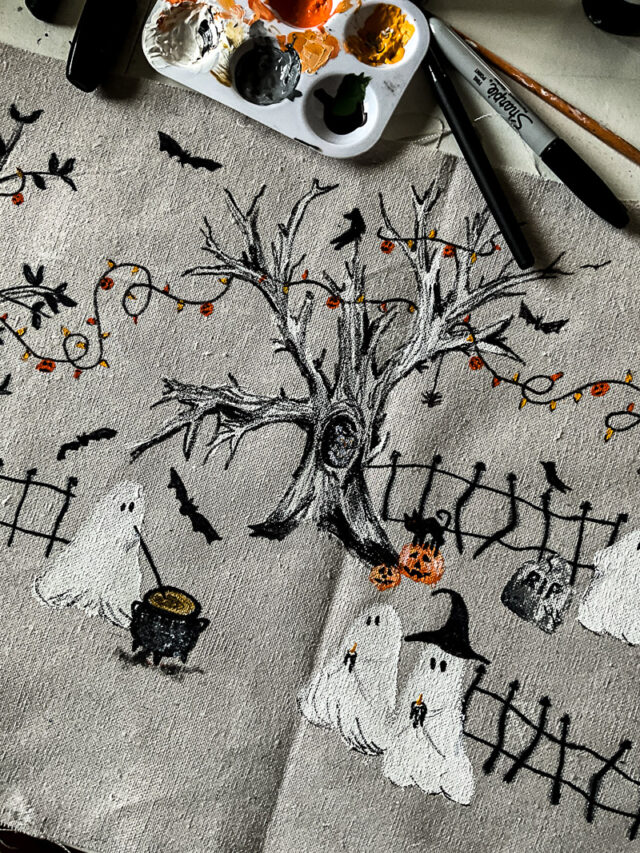
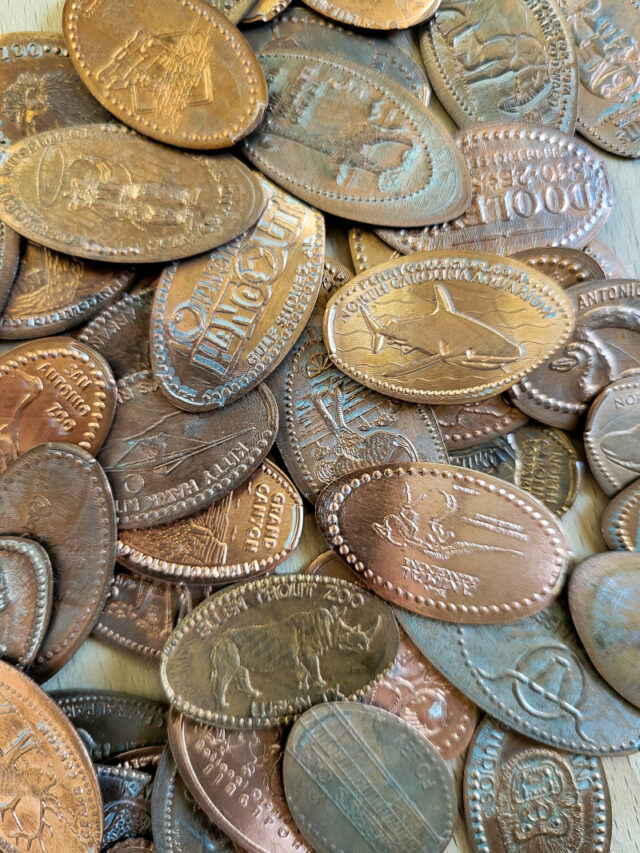
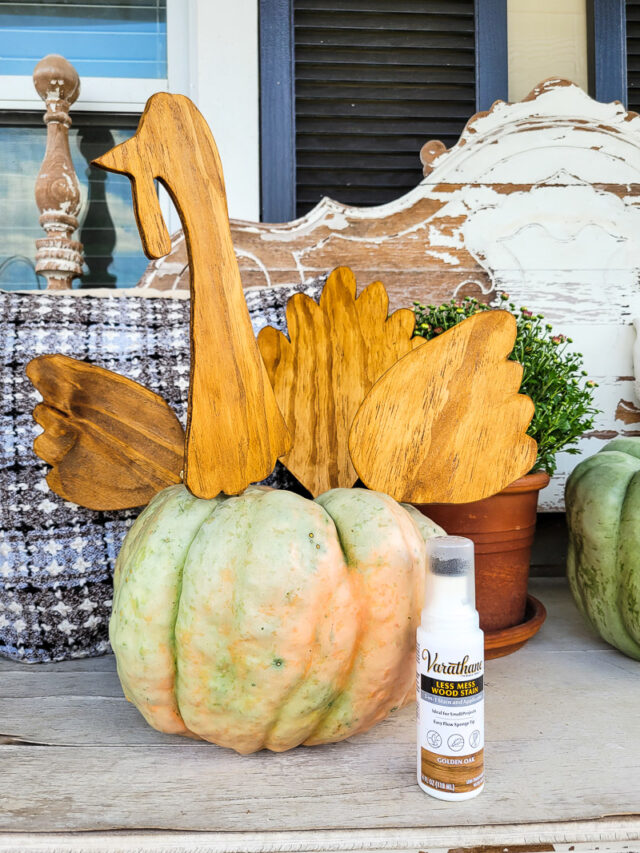
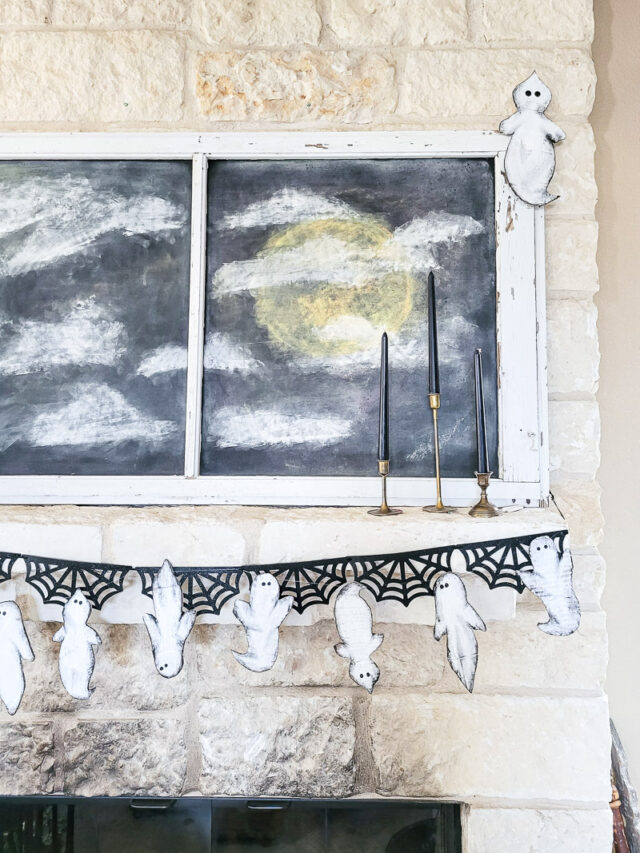
What a wealth of information……thank you so much!
You got a really nice place. I feel the love when we get to visit yall. Good luck on your Hunt and Host adventure.
Q- What is the rule of thumb for pruning roses?
HI! thank you! rule of thumb on roses is you can safely cut them back by about a third of their size. Hope that helps!
Great tips, although I still just want to curl up with a book in front of the fireplace!
Awesome tips! Just shared these with my hubby. Of course, we’ve been doing it all wrong, until now.
Great article friend! Informative, descriptive, and great pictures!
Thanks – my husband was a big help on the info!